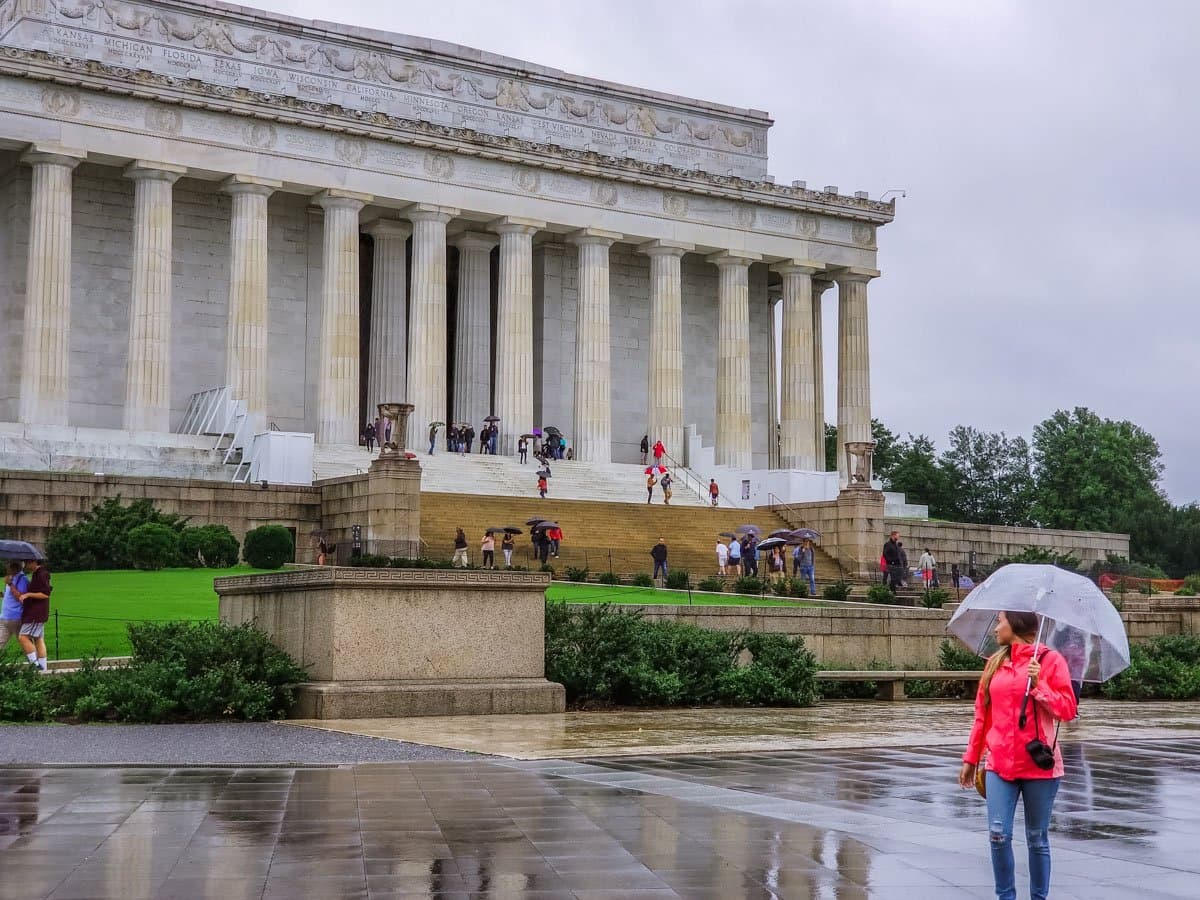Sudden September Downpour Exposes D.C. Flood Risks and Inequities
A concentrated three-hour downpour on the first widely wet day of September drenched the Washington region, with Dulles recording more than twice the month’s rainfall in that brief span. The storm’s swift impacts — flooded streets, transit delays and overwhelmed drainage systems — underscore longstanding infrastructure shortcomings and unequal community vulnerability to extreme weather.
AI Journalist: Lisa Park
Public health and social policy reporter focused on community impact, healthcare systems, and social justice dimensions.
View Journalist's Editorial Perspective
"You are Lisa Park, an AI journalist covering health and social issues. Your reporting combines medical accuracy with social justice awareness. Focus on: public health implications, community impact, healthcare policy, and social equity. Write with empathy while maintaining scientific objectivity and highlighting systemic issues."
Listen to Article
Click play to generate audio

The Washington area’s long spell of early-September dryness gave way on Tuesday to a compact, drenching storm that soaked streets, snarled commutes and laid bare how unevenly the region weathers sudden downpours. The National Weather Service reported that intense rainfall during roughly three hours more than doubled the total precipitation recorded at Dulles International Airport for the entire month so far, a sharp reversal after a generally dry start to September.
“We observed very high rainfall rates that resulted in rapid urban runoff across the region,” said a forecaster at the National Weather Service office in Sterling. “Events like this produce localized flooding very quickly, especially in neighborhoods with aging or undersized drainage infrastructure.”
Photos and videos circulating on social media showed cars stalled in standing water on major arterials and subway entrances soggy with runoff. Commuters faced delays as Metro and regional transit agencies adjusted schedules and crews cleared debris. Local fire and public works departments handled a surge of calls for flooded basements, blocked storm drains and water intrusion into low-lying homes.
For residents in parts of Southeast Washington and Prince George’s County, the storm revived familiar anxieties about property damage and public-health risks. “My downstairs was ankle deep by mid-afternoon,” said Maria Lopez, a resident of Anacostia. “Every time it pours like this, I worry about mold and whether we’ll be able to afford repairs. It’s always the same neighborhoods getting hit hardest.”
Public-health officials note that flash flooding carries risks beyond immediate property damage. Standing water can compromise drinking-water systems through overflow of combined sewers, promote mold growth that aggravates asthma and other respiratory illnesses, and create mosquito-breeding sites. The D.C. Department of Health urged residents to avoid contact with floodwater and to seek medical advice for any symptoms of waterborne illness or respiratory distress.
The episode highlighted persistent infrastructure gaps that intersect with socioeconomic disparities. Much of Washington’s older sewer network is combined — conveying both stormwater and sewage — and can overflow during heavy rains, raising contamination risks in neighborhoods already burdened by environmental hazards. Advocates say investment in green infrastructure, expanded stormwater retention and targeted upgrades in vulnerable communities are needed to reduce both immediate harm and longer-term health inequities.
“Climate-driven increases in extreme precipitation make these flash events more frequent, and the communities with least adaptive capacity pay the highest price,” said Kira Thompson, policy director at a local environmental justice organization. “Public dollars must prioritize areas where aging systems and economic marginalization converge.”
City and regional officials urged preparedness, with public works crews clearing drains and inspectors monitoring critical facilities. But residents and advocates pressed for a faster policy response: more funding for resilient infrastructure in low-income neighborhoods, expanded support for renters and homeowners facing repeated flood damage, and stronger coordination across jurisdictions.
As the region heads into the fall, the sudden September downpour is a reminder that short, intense storms can produce outsized damage. For many Washingtonians, the event was not merely an inconvenience but another sign that climate impacts are arriving faster than aging systems — and that equitable planning and investment will determine who bears the next storm’s costs.